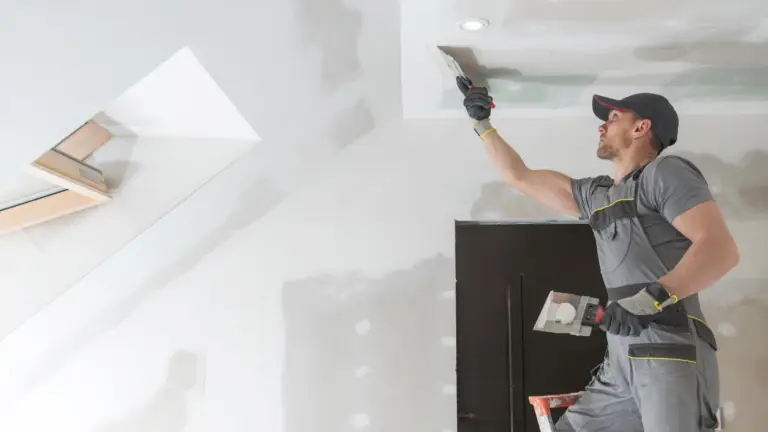Roofs are a fundamental part of any structure, and their proper construction and maintenance are essential to protect a building’s interior from the elements and wear and tear. In this article, we will explore the different options for roof construction and the importance of regular maintenance to ensure the durability and integrity of any building’s roofs.
To view AH Construction’s projects click HERE
Roof Construction Options:
- Tile Roofs: Tiles are a popular choice due to their durability and aesthetics. They come in various styles and can withstand a wide range of weather conditions.
- Metal Roofs: Metal roofs are robust and long-lasting. They are ideal for extreme climates and have a long lifespan.
- Asphalt Roofs: Asphalt roofs are a cost-effective option commonly used in residential constructions. They require regular maintenance.
- Wooden Roofs: Wooden roofs offer a warm and natural look but require constant maintenance to prevent decay.
- Green Roofs: Green roofs are a sustainable option involving vegetation on the roof. They provide insulation and absorb rainwater.
- Membrane Roofs: These roofs are waterproof and are commonly used in commercial and industrial buildings.
Importance of Roof Maintenance:
- Preventative: Regular roof maintenance can identify and address issues before they become costly repairs.
- Durability: Well-maintained roofs have a longer lifespan and can better withstand harsh weather conditions.
- Cost Savings: Proper maintenance is more cost-effective than major repairs or roof replacement.
- Interior Protection: A well-maintained roof prevents leaks and damage to the building’s interior.
- Energy Efficiency: A well-maintained roof contributes to energy efficiency by preventing heat loss and drafts.
Roof Maintenance:
- Regular inspections to identify damage, wear, or debris accumulation.
- Cleaning gutters and drains to prevent blockages.
- Repairing small cracks or damages before they become major issues.
- Replacing damaged tiles or materials.
- Sealing joints and access points.
A well-constructed and well-maintained roof is essential for the protection and durability of any building. By understanding the available roof construction options and the importance of regular maintenance, property owners and builders can ensure the integrity of roofs and interior comfort over time.
To view AH Construction’s projects click HERE




